
The Virgin with the Laughing Child is a 20 inch-tall (50 cm) sculpture made of red clay. The sculpture was dated around 1472, and the curators suggest that da Vinci created it when he was a student of the Florentine master Andrea del Verrocchio. You can see a photo of the sculpture below.

Can you recognize the enigmatic smile of the Virgin Mary, looking down affectionately at a happy and also smiling baby Jesus? Curators noticed it, too, linking the sculpture to 2 masterpieces by da Vinci: The Mona Lisa and The Virgin and Child with Saint Anne.
Here is a reminder of how both of these charming women look like (see picture below). Speaking of which, if you’d like to learn more about Leonardo da Vinci’s paintings, we have an in-depth article about his best works that can be accessed via the link here.
Scholars also pointed out the obsessive precision, with which the sculptor depicted the complex and voluminous draperies around the Virgin Mary, a signature feature of da Vinci’s style in paintings.
Another clue lies in the baby Christ’s smile. You see, in the 15th century, it was nearly blasphemous and outright forbidden to portray Christ, the baby, laughing. At the time, the Catholic Church propagated the idea that Christ was born with the intelligence and wisdom of an adult.
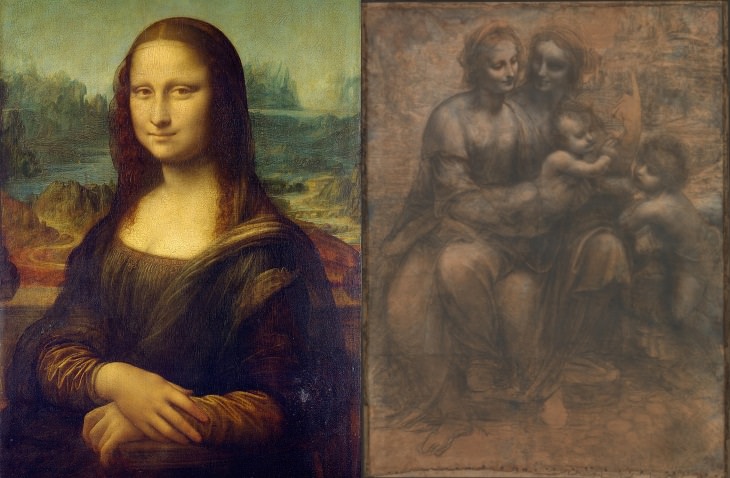
The Mona Lisa (left) and The Virgin and Child with Saint Anne (right)
To communicate this Biblical fact, they insisted on portraying baby Jesus with a serious or even adult-looking face. Now, the infant in this sculpture is definitely smiling, and we know from da Vinci’s journals that he once got in trouble when he was young for misrepresenting Jesus, the baby.
Could this be the very artwork that he wrote about? Only time will show.
The Virgin with the Laughing Child isn’t the only artwork recently attributed to Leonardo. Less than a week ago, art critics concluded that a famous charcoal drawing nicknamed “The Nude Mona Lisa”, which was previously believed to belong to da Vinci’s students, is most likely the great master’s work as well.
Extensive testing and investigators concluded that Monna Vanna, pictured in comparison to The Mona Lisa below is, in fact, da Vinci’s own work. The analysis of the charcoal drawing also confirmed an interesting fact about Leonardo himself: from the left-handed charcoal marks on the painting experts were able to tell that he was most certainly a lefty.
If you’re curious to learn more about Leonardo da Vinci, particularly about his career as a master inventor, take a look at our article about da Vinci's inventions that were ahead of their time.
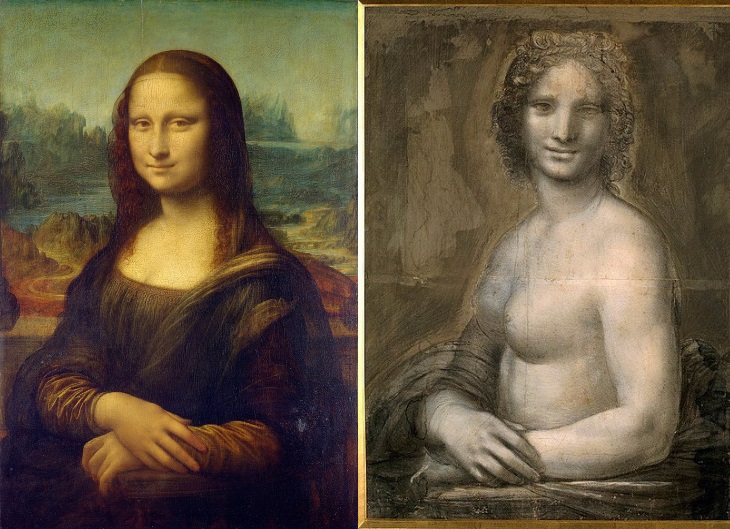

Old Cutlery Turned Into Beautiful Animal Art
Matt Wilson breathes new life into old cutlery by reimagining and molding them as live beings.
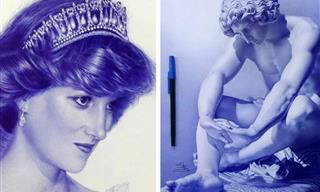
The Level of Precision In These Portraits Is Incredible!
Mostafa Khodeir needs nothing but a ballpoint pen to draw incredible hyper-realistic portraits of historical figures, athletes, and animals.
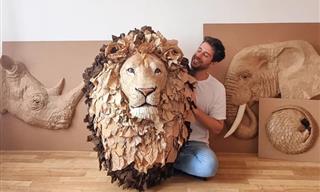
Lifelike Animal Sculptures Made of Cardboard - Stunning!
Believe it or not, these realistic animal sculptures are all made of a material that is found in ample supply in most homes - old cardboard boxes.

It’s Hard to Believe These Cute Animals Aren’t Real!
You will find it hard to believe that these aren't real animals. They are, in fact, wool sculptures made by a talented artist.
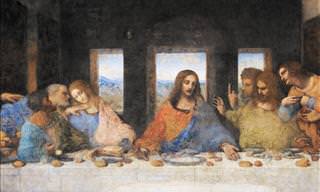
The Most Famous Masterpieces of Leonardo da Vinci
Leonardo da Vinci is widely held to be the greatest visual artist and all-round renaissance man in human history. Here are his 10 most famous art works.

Luxurious Chandeliers Made From Plastic Bottles
Admire 15 beautiful sculptures and chandeliers made of receycled plastic bottles.
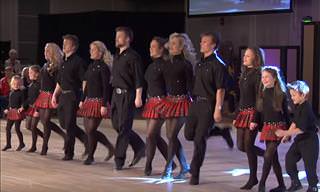 4:14
4:14
WATCH: This Dancing Family of 12 Is So Adorably Talented
This exciting dance and music performance is unique, because it's entirely the product of one very large and talented American family. They blew me away!
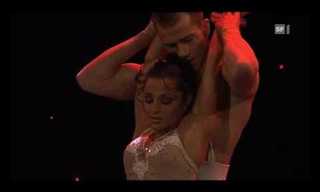 7:26
7:26
Witness an Incredible Artistic and Acrobatic! Performance
Artists Nicolas Besnard & Ludivine Furnon (Silver Medalist in Paris at the 31th Festival Mondial du Cirque de Demain) performing at "Benissimo" Live TV show.
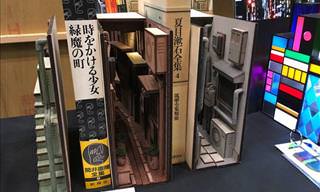
It's Amazing What an Artist Can Do With a Humble Bookend
Monde is an artist like no other - he turned his attention to bookends, drawing inspiration from the city of Tokyo. Take a look at his unique and amazing work.
 6:46
6:46
These Tiny Acrobats Will Leave Your Mouth Wide Open
Here is one of the most beautiful and impressive acrobatic act by the Stars of Beijing's Circus!!
 1:43:46
1:43:46
This Talented Cellist Invites to Hear Some TImless Music!
Prepare to be enthralled by special renditions of timeless classics Cellist Stefan Hause.

10 Famous French Paintings That Will Captivate You
Over the centuries, French painters have created many masterpieces. Here you can find 10 of the most famous French paintings.
 4:16
4:16
These Two Talented Children Definitely Know How to Sing
These two cute children blew everyone away when they took to the stage to give a rendition of the famous song "You Raise Me Up."
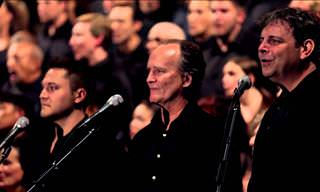 7:23
7:23
Some Choirs Know How to Enchant the World With Their Music
You cannot watch this without smiling...
 7:13
7:13
This Wonderful Chorus Group Will Fly You to Musical Heaven
This amazing gospel chorus will bring heaven down to you!
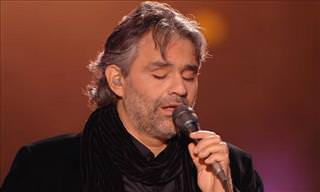 4:22
4:22
I Can’t Help Falling in Love with Bocelli’s Elvis Tribute
Watch as the spectacular Andrea Bocelli gives his rendition of an old Elvis classic. His performance made the hair on the back of my neck stand up.
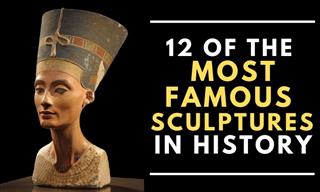
12 World-Famous Sculptures Everyone Should Recognize
In this article, we showcase 12 of the most famous and recognized sculptures in the world starting from the oldest to the most recent.
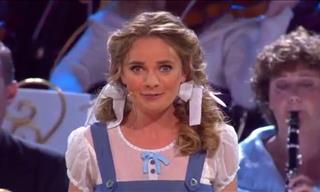 4:53
4:53
Over the Rainbow, There's a Musical Show With André Rieu
Andre Rieu, with Suzan Erens and His Johann Strauss Orchestra, performs 'Somewhere Over The Rainbow' from The Wizard of Oz.
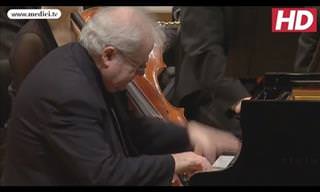 2:34
2:34
A Magical Moment of Pure Music For You to Enjoy...
This beautiful piece by Brahms gets even more magical in the hands of famous pianist Emanuel Ax.
 4:00
4:00
This Amazing Performance is a Blast from the Past!
This great tribute brings back a beautiful song from the past to send the world a wonderful message, by musicians from around the world.

Elton John’s Hits Absolutely Stand the Test of Time
Sometimes music is all you need to make your day better! Enjoy these timeless hits by Elton John.

This Stunning Chapel in Naples Will Leave You in Awe
This chapel looks more like a museum than a church. Take a look at its stunning sculptures here.

Could You Believe This Art Was Made Out of a Bar of Soap?
Barresi discovered all that he could do with a simple bar of soap.
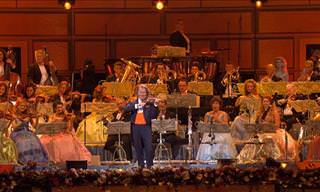 3:31
3:31
André Rieu Creates Another a Musical Extravaganza!
The audience got a hilarious surprise while watching André Rieu's performance, and I'm sure it will brighten your day!
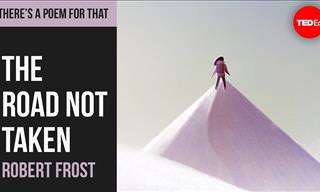 2:12
2:12
Looking Into the Road Not Taken, By Robert Frost
Delving deeper into the celebrated poem the road not taken by robert frost.
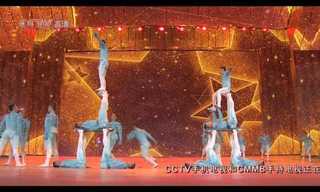 4:41
4:41
This Unbelievable Acrobatic Act Left My Jaw Hanging...
This act is a testament to the human body's strength and durability.
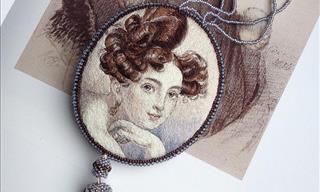
This Artist Puts Her Unique Spin on Old Masters’ Art
Many artists are inspired by Renaissance art, but this Maria Vasilyeva's take on it is truly awe-inspiring.
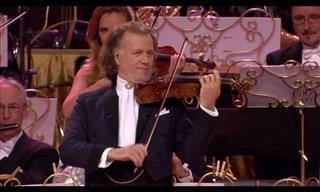 2:27
2:27
André Rieu Plays a Terrifically Fun Funiculi Funicula!
A magnificent performance by the incredible violinist André Rieu.
 5:10
5:10
Listen to This Incredibly Beautiful Piece by André Rieu
In this beautiful performance, André Rieu and his Johann Strauss Orchestra perform 'Etude nr. 3 in E-dur' from Frédéric Chopin.
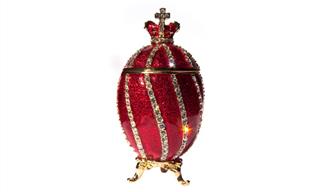
Discover the Amazing History & Design of Fabergé Eggs
You've probably heard of Fabergé Eggs, but how much do you actually know about these unique historical jewels?
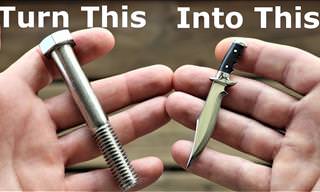 5:57
5:57
Mind Blown! This Man is a Modern Day Master Craftsman
This man many literally be the world’s last living blacksmith, and creates weaponry wonders from normal stainless steel bolts.

Music Box: 20 Beautiful Covers of Beloved Rock Ballads
Presenting a collection of the best ballads, reimagined as unique piano covers that add a new level of emotion and originality.
 3:12
3:12
If You Think Celtic Music is Dead, You Should Hear This
Hayley Westenra's enchanting performance proves beyond doubt that Celtic music is far from being consigned to the annals of history. Listen to her now.

Can You See the Faces in These Mind-Bending Paintings?
Portraits by Oleg Shuplyak are special because they are very clever optical illusions. Can you see all the famous figures in these paintings?
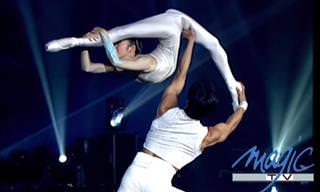 6:42
6:42
These Dancers & Acrobats Put On an Incredible Show
These two dancers slash acrobats are beyond amazing...
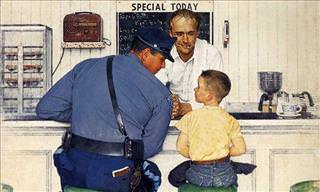
Feast Your Eyes on 10 Masterpieces by Norman Rockwell
Norman Rockwell was a famous 20th century American painter. Here are 10 of his best paintings.
 3:27
3:27
Enjoy a Truly Spectacular Harp and Violin Performance
This harp and violin performance isn't like any you've ever seen before. Watch it now.

Astonishing! Animals Through the Eyes of Human Creativity
This collection of breathtaking artworks will capture your attention like no other, as it's all about our best friends forever - animals.
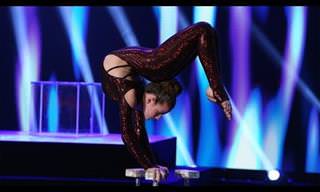 4:25
4:25
This Unbelievably Talented Fifteen Year Old Will Amaze
Fifteen year old contortionist, Sofie Dossi will absolutely blow you away with her beautiful act.
 2:57
2:57
Hear 'God Rest Ye Merry Gentlemen' Like Never Before!
See a stunning adaptation of the holiday classic, 'God Rest Ye Merry Gentlemen,' sung by the super-talented Pentatonix.
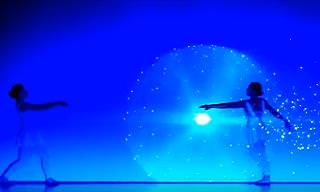 4:25
4:25
This Beautiful Dance is Unlike Any Other
This performance takes the art of dancing to a whole new level!
 5:51
5:51
WATCH: This Couple Was Meant to Dance Together
These dancers were meant to perform together, and I'd be happy to watch them many times over. I think you'll agree.
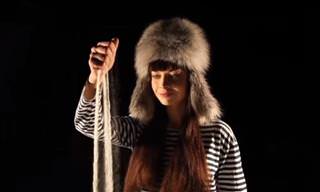 8:33
8:33
When This Woman Performs, All Eyes Widen...
The Incredible Kseniya Simonova creates beautiful works of art in sand.
 3:00
3:00
What a Fantastically Creative Musical Performance!
The Piano Guys do it again with this mix of classical and modern music that creates an unforgettable performance.
 5:31
5:31
Even With a Cello, These Guys Are Absolute Stars
If you only associate the cello with one type of music, you are underestimating this instrument's versatility!
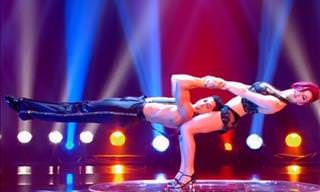 6:07
6:07
This Unique Cabaret Act Is Guaranteed to Amaze You!
You won't believe this stunning, gravity defying act.


